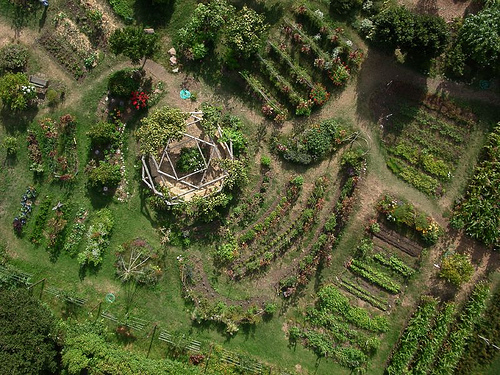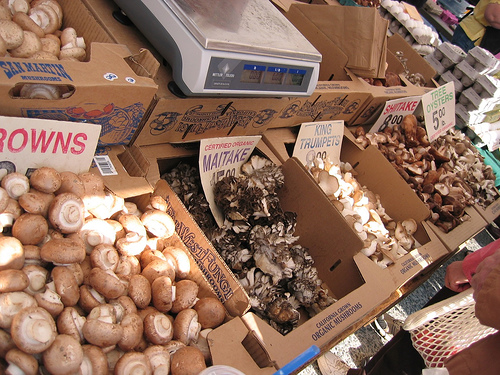Because many SLD dieters reported better sleep, I wondered if omega-3 improved sleep. I increased my omega-3 intake by switching from olive oil, which has little omega-3, to walnut oil and flaxseed oil, which have much more — especially flaxseed oil. The amount of oil stayed roughly the same. The night after the change, my sleep got better. To my surprise, so did my balance. The next morning, I found I could more easily put on my shoes while standing up. I had been putting on my shoes standing up for 2-3 years and it had never been this easy. (I put on my shoes standing up because I thought it might improve my balance.)
I devised a simple measure of balancing ability. I stood on one foot on a platform balanced on a small metal cylinder (a pipe plug). (I will post pictures.) The parts were easy to find. I tried cylinders of different sizes until the balancing was neither too easy nor too hard. The measure was how long I could stand on one foot on the platform, which measured with a stopwatch. I made these measurements in blocks of 20 (the first 5 were warmup, leaving 15).
My early attempts had two problems: (1) The dose was too low. I had been taking the flaxseed oil as capsules (10 1000-mg capsules/day). I started taking 1 T/day in liquid form (much faster). Then I increased the amount of flaxseed oil/day from 1 T to 2 T. My sleep improved: I woke up more rested. Because the sleep effect was now perfectly clear, I thought measuring the effect on my balance would be a good idea. (2) Practice effects were too large. How well I could balance depended on how often I measured my balance. To avoid practice effects, I measured my balance no more than once/day.
I did a baseline period of several days; then I replaced the walnut oil and flaxseed oil with the same volume of sesame oil, which is low in omega-3. I continued this period until the effects seemed beyond doubt. Then I did another baseline period with the original amounts of walnut and flaxseed oil.

Here are the balance results. Each point is a geometric mean over 15 trials. The bars are standard errors. After one day, my balance got worse with sesame oil. When I returned to the high-omega-3 oils, my balance returned to its baseline level. To measure the clarity of the effect, I compared the 17 baseline days with the last 4 sesame-oil days. This gave t (19) = 4.1. A very clear effect.
I made this graph in a cafe. The person sitting next to me asked what I was working on. I showed her the graph. I explained that I measured my balance as a way of measuring how well my brain was working. The results suggested that the type of fat in my diet affected how well my brain worked. She said the results were very interesting because most people will have diets closer to sesame oil than walnut oil and flaxseed oil. Many people will be interested in these results, she said. I hope so, I said.
I will post later on the background of these results, the questions they raise, and procedural details. If you can’t wait, read the posts in the omega-3 category. If you are interested in doing a similar experiment, please let me know.








